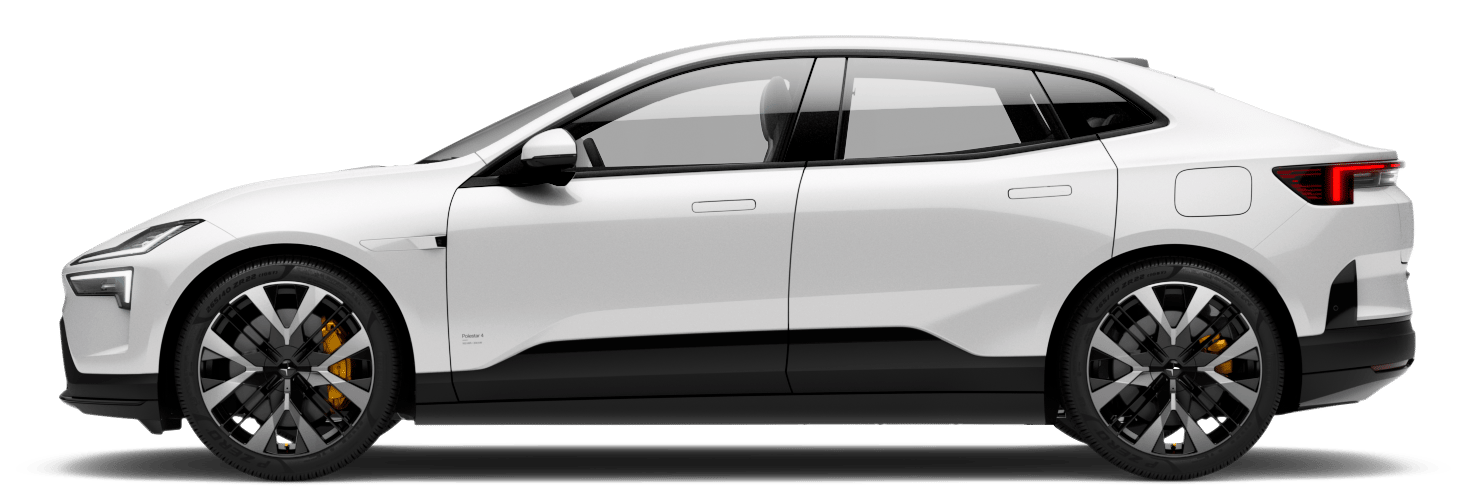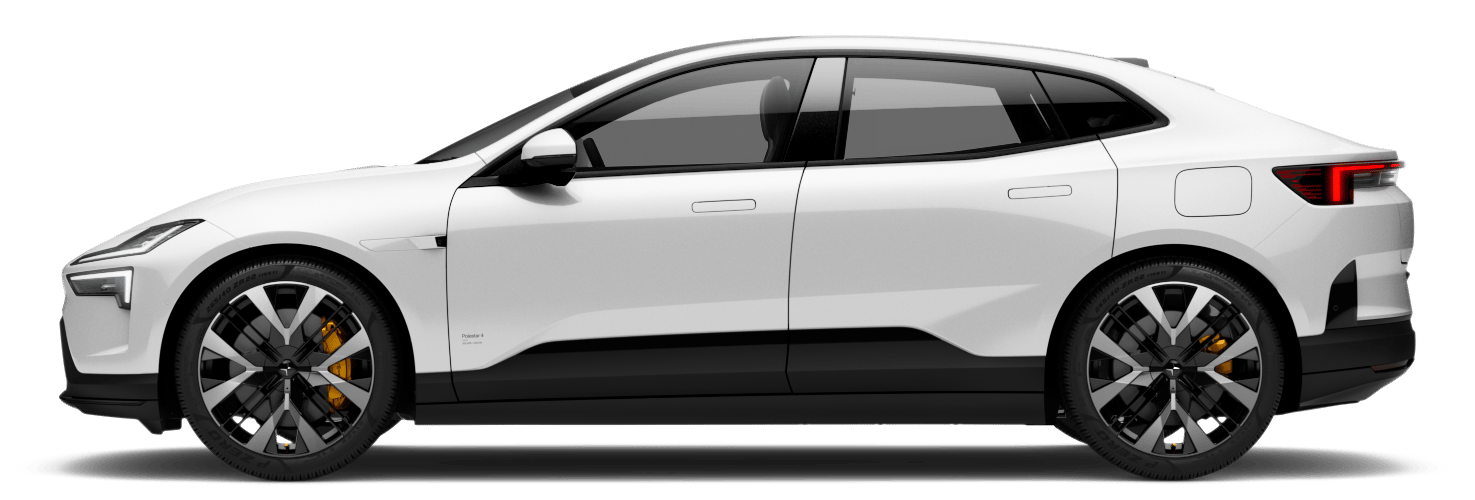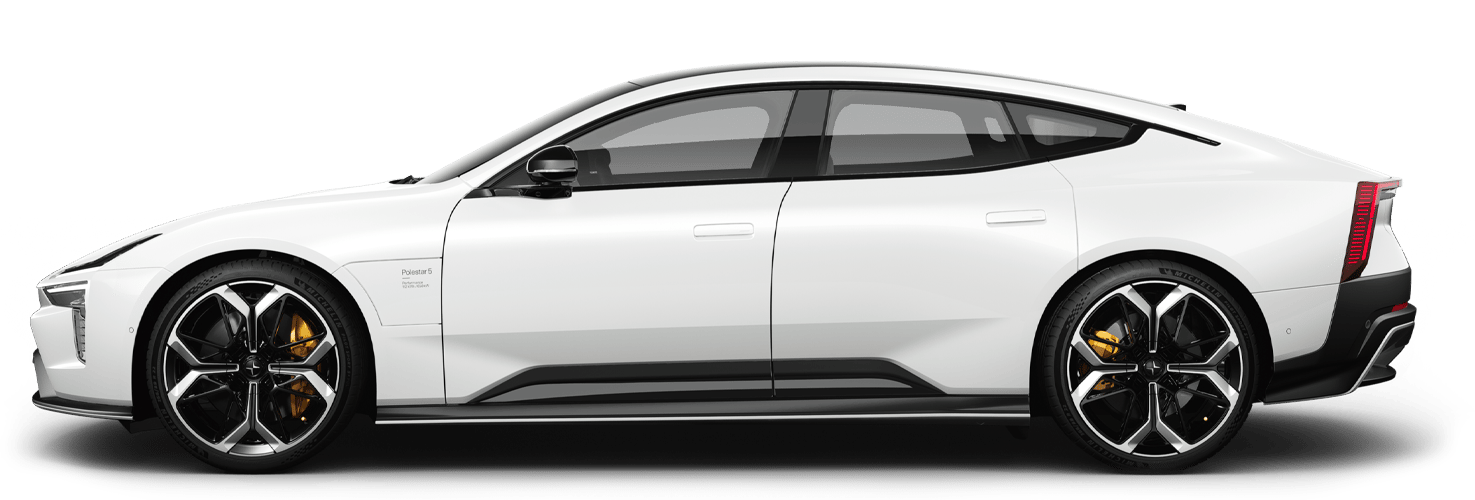Forms of detection
The car has several ways to identify objects that are in or approaching your reversing path. If it detects an object, the car can provide warnings or intervene by braking.
| Ultrasonic parking sensors | These sensors can identify certain obstacles immediately behind the car when reversing at speeds below 10 km/h (6 mph). |
| Cameras | The car's rear- and side-facing cameras can detect traffic approaching your reversing path from behind or from the sides. |
Important
When you are reversing, some information from the detection systems can be communicated in the parking view.
Warning and intervention features
| Alerts about traffic crossing behind the car1 | Your car can provide visual alerts if it detects traffic about to cross your reversing path. |
| Automatic braking | The car can automatically brake to prevent a collision when reversing at low speeds2. This can happen if the car detects an obstacle in your reversing path or traffic crossing behind it. |
Tip
Disabling automatic braking when reversing
Automatic braking when reversing can be temporarily turned off if braking interventions are too frequent or distracting, such as when reversing in tall grass or manoeuvring in very tight spaces. Disabling this feature prevents the car from braking for obstacles it detects immediately behind it. However, rear cross traffic alerts are always enabled and the car can still intervene by braking if it detects traffic approaching your reversing path.
You can disable automatic braking when reversing in the parking view.
Important
Use responsibly
Warnings and interventions when reversing are supplements to safe driving practices. They do not reduce or replace the need for the driver to stay attentive and focused on driving safely.
Pay attention to surroundings
The driver is always responsible for paying attention to the car's surroundings and ensuring that it is safe to manoeuvre the car.






